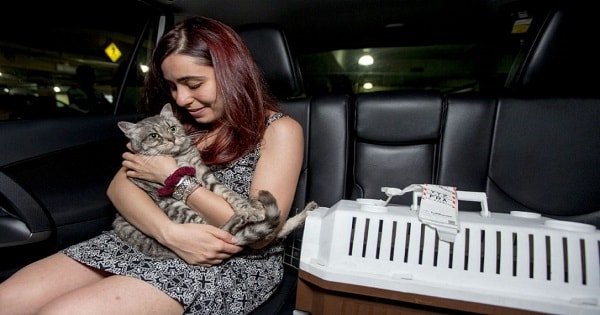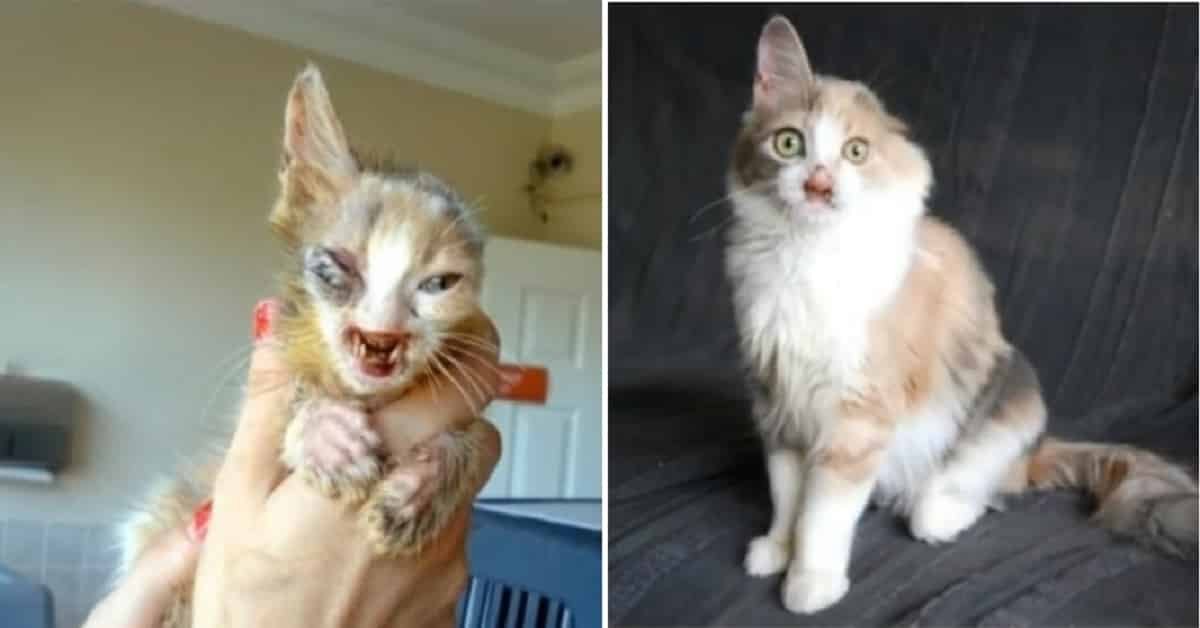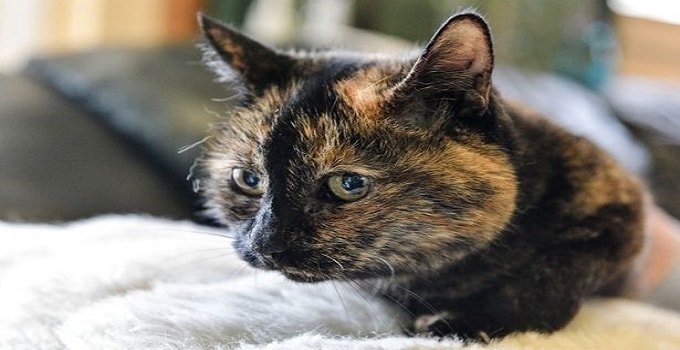NEW YORK — A select few employees at the Javits Center don’t need to pay any taxes, get to live at the building rent-free and accept food in lieu of paychecks.
A total of 4 feral cats — Sylvester, Alfreda, Mama Cat and Ginger — are currently “working” as rodent exterminators at the convention center, which is located at 655 W. 34th St., between 11th and 12th avenues, said the center’s sustainability manager, Rebecca Marshall.
After the convention center’s environmental service manager started getting some complaints about rats on its loading dock along 12th Avenue more than two years ago, constant visits from a professional exterminator began racking up the bills, Marshall stated.
And so, she decided to turn to the nonprofit Feral Cat Initiative for help.
“I called … thinking, if man-made practices weren’t working, that nature already had a solution,” Marshall remembers. “That would be the cats.”
Volunteers from the Initiative started bringing felines from its trap-neuter-return (TNR) program — through which feral cats from across the city are trapped, neutered, vaccinated and then “returned to their territory of origin” — to the Javits Center in the spring of 2014, she added.
Cats that arrive at the center generally come from various construction sites that they can’t return to due to demolition and other dangerous conditions.
The cats brought to the Javits Center were just part of a “displaced colony which could no longer live where it was,” stated Mike Phillips, who does community outreach for the organization and is the president and co-founder of the Urban Cat League.
“The only time we ever move cats is when it’s absolutely necessary for their survival,” he went on to explain. “We looked for a relocation site, and they were nice enough to provide that.”
There were already a few feral felines frequenting the loading docks prior to the Initiative started bringing cats there, making it more likely the new cats would stay put, Phillips went on to note.
The group’s volunteers also conduct “site evaluations” before they went and relocated cats, he added.
“We don’t want the cats to just run off, never to be seen again,” Phillips stated.
After the cats arrive at the Javits Center, they then live in an enclosure on the docks for a few weeks, helping them get used to being fed and sheltered at the site, Marshall stated.
They are quite safe on the loading docks because they’re used to being around heavy construction machinery, she noted.
Six of the cats the Initiative has brought to the center were later adopted by employees and visitors, including two kittens that arrived with Mama Cat, she went on to say.
Javits Center staff members take turns buying food for the cats, and the animals quickly learn to arrive up when it’s time to get fed.
The four cats that live at the center now are “not exactly crawl-up-on-your-lap quite yet, but they’re a little more sociable than they were when they got there,” Marshall said.
In addition to cutting costs, employing the cats as exterminators allows the center to continue on its commitment to sustainability by avoiding rat-killing chemicals.
The scent of the cats helps scare off rats and other vermin, a Javits Center spokesman said.
“It’s definitely less expensive than calling the exterminators,” Marshall stated. “The cats … literally work for food.”
So far, the method has been very effective in keeping the rats away from the loading docks.
“Cleaners … used to be hesitant to go out there at night, they used to jingle their keys, but now everybody says they’re comfortable going out there,” she declared. “It seems to have mitigated any issues that we have.”
The arrangement also gives cats who might normally have been taken to a high-volume shelter a brand new lease on life, Marshall added.
“People love seeing the cats around on the loading docks. They kind of work here now — they’re almost like employees.”










